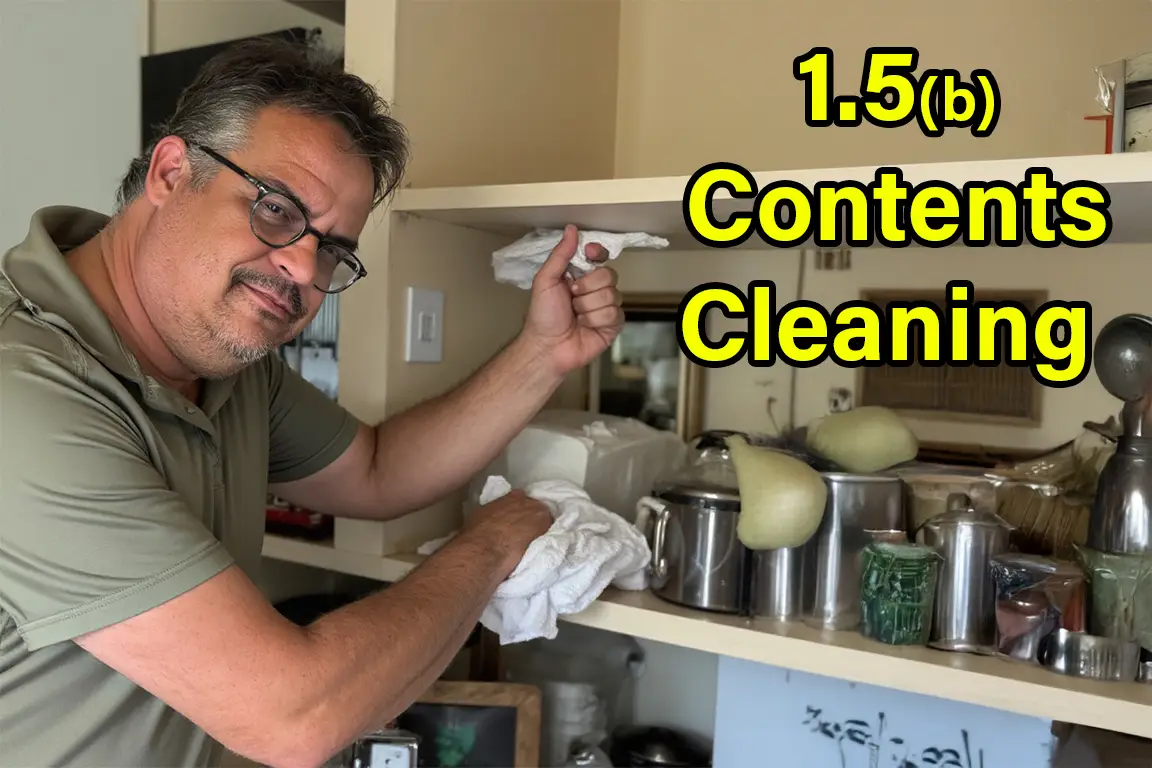Mattresses – What to Know, When to Clean, and When to Let Go
Mattresses are among the most difficult items to manage after mold exposure. As cushioned porous items, they can easily absorb and retain mold spores, dust fragments, and mycotoxins—especially deep in foam layers, seams, and quilting.
Even without visible mold, mattresses in a contaminated home can hold a significant particle load. And because they’re large and heavily used, they often contribute to persistent symptoms if not addressed.
When It’s Time to Let Go
Most mold-aware professionals agree that if there’s visible mold, staining, musty odor, or water damage, the mattress should be discarded. Deep contamination is nearly impossible to remove fully.
Discard if:
• You see mold, water marks, or suspect staining
• It has a strong or lingering odor (earthy, musty, sour)
• It causes symptoms after minimal exposure
• It was in a high-contamination space or exposed to bulk water
If You Choose to Clean (Low-Exposure Only)
If the mattress was in a mildly contaminated area (Condition 2), has no visible mold or odor, and doesn’t trigger symptoms, cleaning may be used as a short-term solution while planning for replacement.
Important: Do not use compressed air or wet extraction methods on mattresses. These can push contaminants deeper into the material or promote microbial growth.
Initial Cleaning Steps:
1. Move the mattress outdoors on a dry, sunny day if possible.
2. Gently beat the cushioned areas with a clean stick, broom handle, or similar tool to loosen embedded dust and particles.
3. Let the mattress sit in direct sunlight for several hours. Sunlight and fresh air can help reduce microbial load and odors.
4. Vacuum all sides thoroughly using a mattress vacuum, moving in a crisscross pattern to maximize particle removal.
5. Bring the mattress back inside only once it’s fully dry and cleaned.
6. Immediately encase it in a zippered, allergen-proof cover to reduce future particle exposure and protect the cleaned surface.
Ongoing Maintenance
If keeping the mattress:
• Vacuum monthly in a crisscross pattern, focusing on seams and edges.
• Keep a HEPA air purifier running in the bedroom.
• Wash bedding weekly in hot water with mold-safe laundry additives.
• Wipe down the encasement monthly.
• Keep the room dry, well-ventilated, and filtered.
Let me know if you want this formatted for a handout or slidedeck—or adapted into a short client-facing script!
Replacing Your Mattress? Do It Right
If you decide to replace your mattress:
• Choose mold-resistant materials: organic latex, wool, or hybrid innerspring designs that promote airflow.
• Avoid solid memory foam unless specifically designed to resist mold.
• Encase your new mattress immediately in a clean, zippered encasement.
Pro tip:
Clean and reset your sleeping environment first—then introduce your new mattress into a fresh, particle-reduced space.

